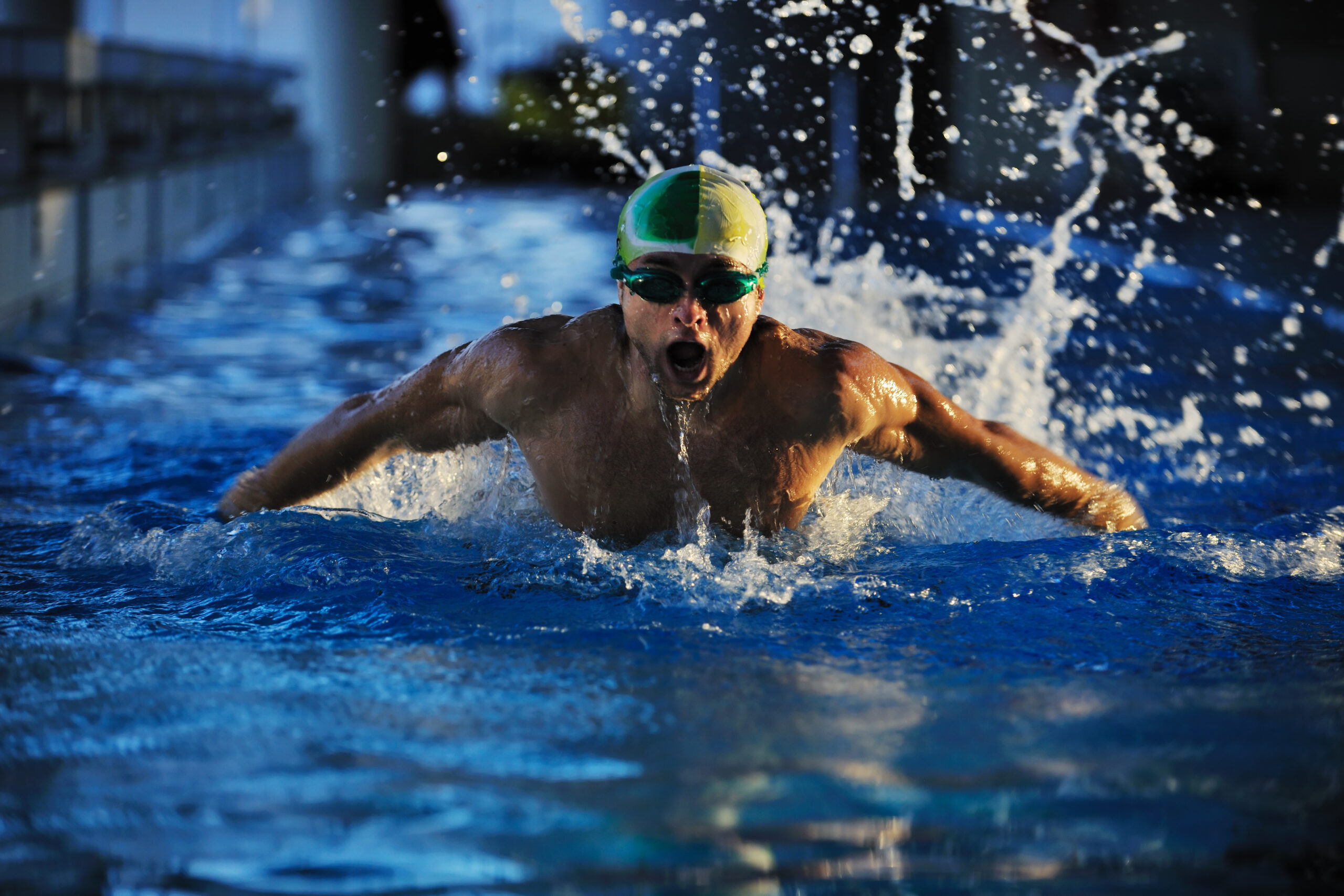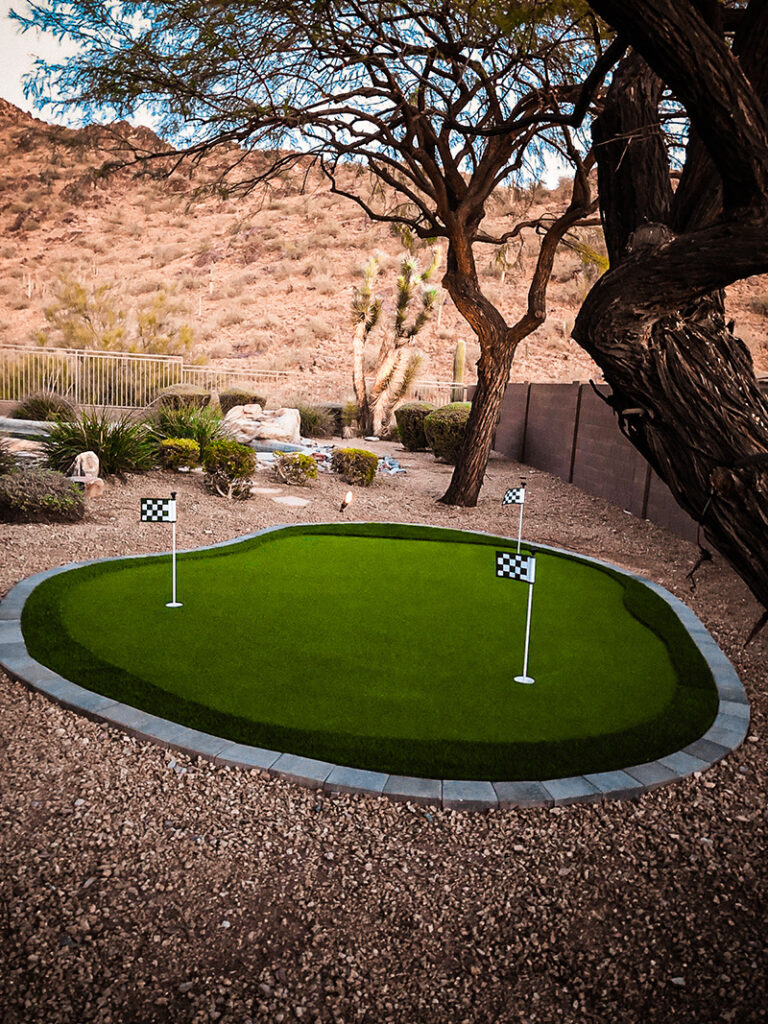Artificial grass has become increasingly popular in recent years, and it’s no surprise why. It offers a number of benefits that make it an attractive option for athletic fields. In this guide, we will explore everything you need to know about artificial turf for sports, including the different types available, how to choose the right one, and how to maintain it properly. Let’s get started!
Introduction to Artificial Grass for Athletics
Artificial grass is made from synthetic materials designed to mimic natural grass. It was first introduced in the 1960s as a way to create durable surfaces for indoor sporting events. Since then, advancements in technology have led to the development of high-quality artificial turf that can withstand even the toughest outdoor conditions. Today, artificial grass is used on athletic fields around the world, from professional stadiums to community parks.
Benefits of Using Artificial Grass for Athletic Fields
There are many reasons why so many people are choosing artificial grass for their athletic fields. Here are just a few of the benefits:
Durability: Unlike natural grass, which can be damaged by heavy use or harsh weather conditions, artificial turf is designed to withstand wear and tear. This means it can handle everything from soccer cleats to baseball spikes without showing signs of damage.
Consistency: Natural grass can vary in texture and density depending on factors like soil quality and water availability. With artificial turf, however, you get consistent performance every time you take the field.

Low maintenance: One of the biggest advantages of artificial turf is its low maintenance requirements. You won’t need to worry about watering, fertilizing, or mowing your lawn – all you need to do is brush off any debris and keep the surface clean.
Factors to Consider When Choosing Artificial Turf for Athletics
When selecting artificial turf for your athletic field, there are several key factors to consider. These include:
Use: What type of activities will be taking place on the field? Will it primarily be used for football, soccer, or other sports? Knowing what kind of traffic the turf will see can help you determine the best product for your needs.
Budget: How much can you afford to spend on your new athletic field? While artificial turf can be more expensive upfront than traditional grass, it often pays for itself over time through reduced maintenance costs.
Location: Where will your athletic field be located? If it’s in a region with extreme temperatures or high levels of precipitation, you may want to look for products specifically designed to handle those conditions.
Types of Artificial Grass for Athletic Fields
There are three main types of artificial turf commonly used for athletics:
Long pile: This type of turf features longer blades of plastic fibers that simulate real grass. It’s ideal for sports like soccer and lacrosse because it provides good traction and cushioning.
Short pile: Shorter fibers mean less infill needed, making this type of turf lighter weight and easier to install. It’s great for sports like basketball and volleyball where lateral movement is important.
Infill: Sand or rubber granules are added between the fibers to provide stability and improve shock absorption. This makes it ideal for contact sports like football and rugby.
Installing and Maintaining Artificial Turf for Athletics
Once you’ve chosen the perfect artificial turf for your athletic field, it’s time to think about installation. The process typically involves excavating the existing soil, laying down a base layer of stone or concrete, and finally installing the turf itself. Be sure to hire experienced professionals who understand the specific needs of athletic fields.
Maintenance of artificial turf is relatively simple. Regular brushing helps remove dirt and debris, while occasional power washing can help keep the surface clean. Depending on usage, you may also need to replace the infill periodically to ensure optimal performance.
Conclusion: Finding the Best Artificial Grass for Your Athletic Needs
Choosing the right artificial turf for your athletic field requires careful consideration of your budget, location, and intended use. By considering these factors and working closely with experts in the industry, you can find the perfect solution for your needs. Whether you’re looking for long pile, short pile, or infill, there’s an artificial grass product out there that’s perfect for you.





